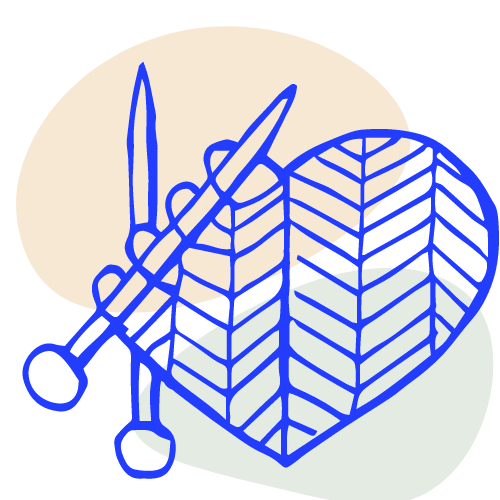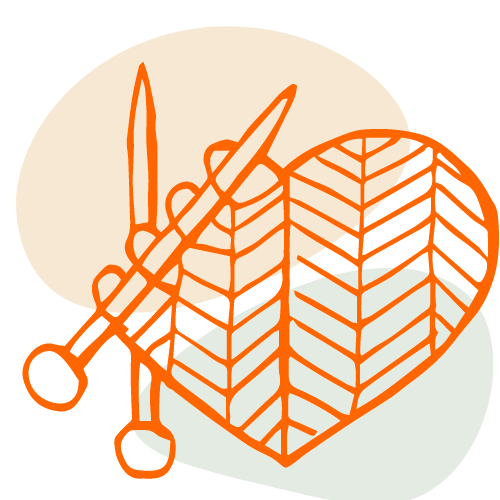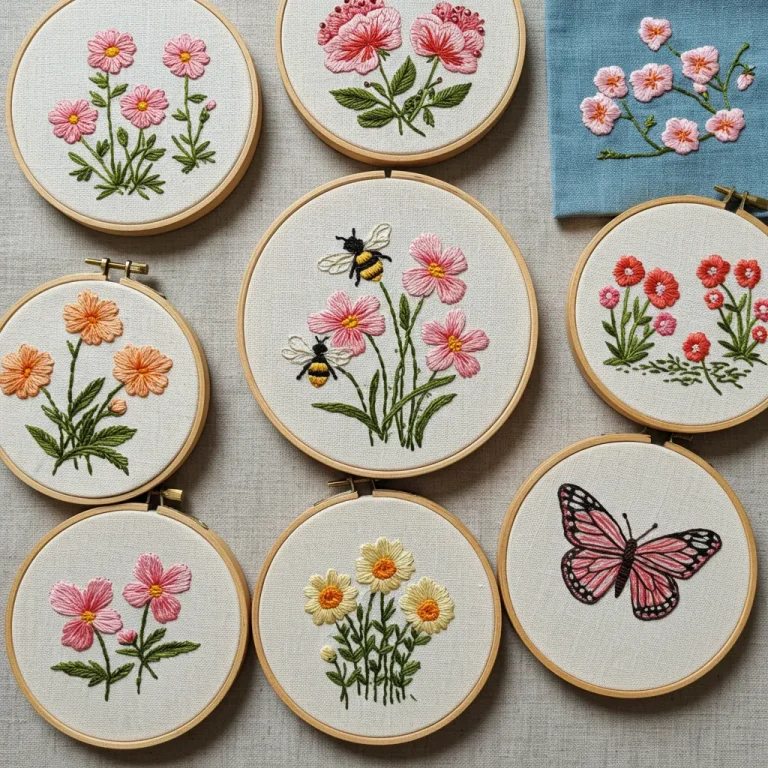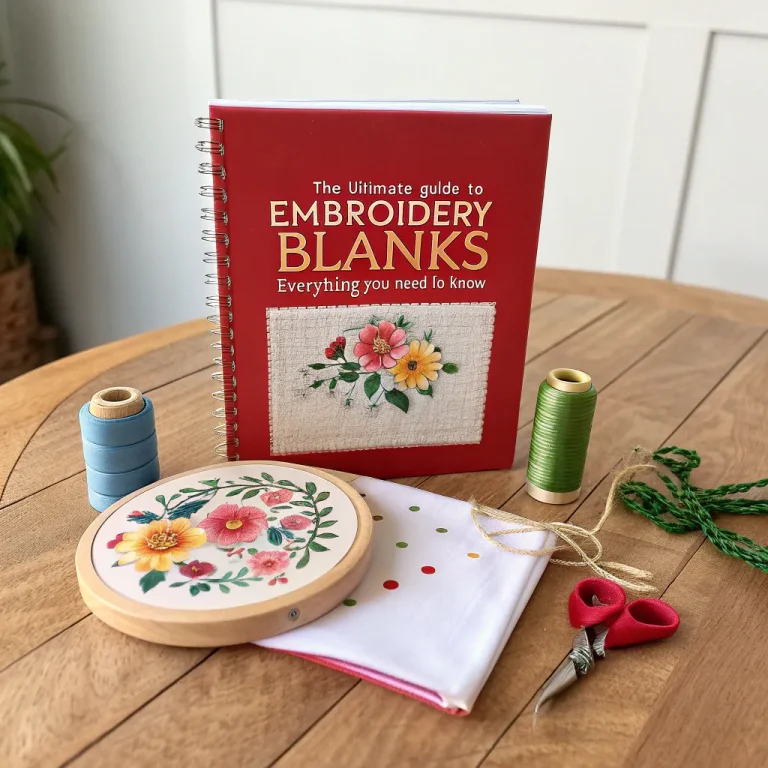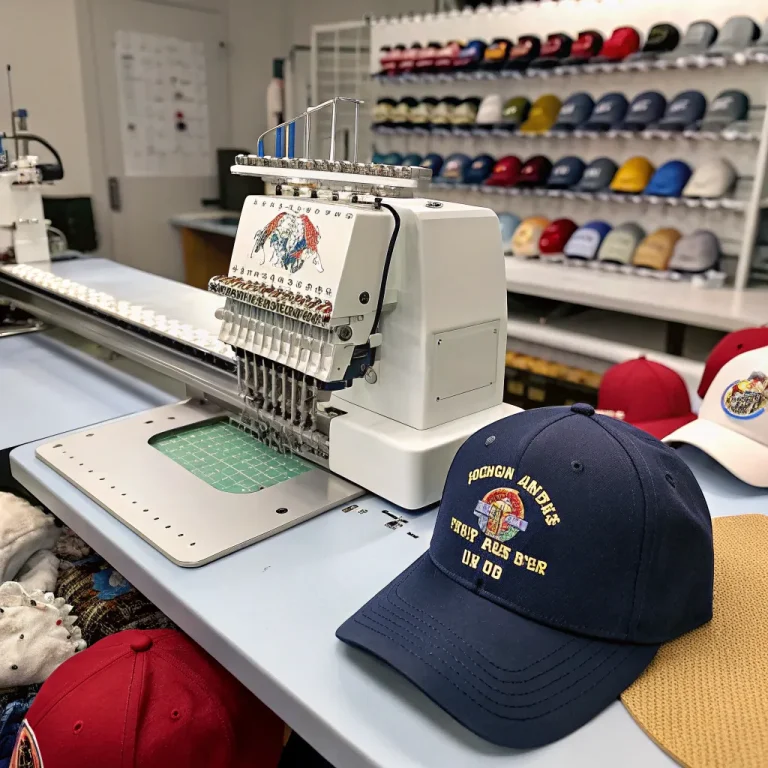Embroidery is a beautiful and timeless craft that involves creating intricate designs on fabric using a needle and thread. While the thread and fabric often get the most attention, one of the most important tools in your embroidery kit is the embroidery needle. The right needle can make a huge difference in the quality of your work, from achieving smooth stitches to avoiding fabric damage.
In this guide, we’ll explore everything you need to know about embroidery needles, including the different types available, how to choose the right one for your project, and tips for getting the best results.
What Is an Embroidery Needle?
An embroidery needle is a specialized needle designed for embroidery work. It differs from regular sewing needles in several key aspects. Embroidery needles typically have a larger eye to accommodate embroidery thread, which tends to be thicker than regular sewing thread. The shaft of the needle is also designed to prevent fraying or breaking the thread, and the point is sharper to allow it to pierce the fabric without causing snags or damage.
Choosing the right embroidery needle is crucial for achieving neat, clean, and smooth stitches while avoiding issues like thread breakage, fabric distortion, or skipped stitches.
Types of Embroidery Needles
Embroidery needles come in various types, each designed for different fabrics, threads, and embroidery techniques. Understanding the differences between these needles will help you select the best one for your project.
1. Universal Needles
Universal needles are the most versatile type of needle and are suitable for a variety of fabrics, including cotton, polyester, and blends. They have a slightly rounded point, making them a good choice for general-purpose embroidery projects, particularly when you’re working with standard fabrics.
- When to use: General-purpose embroidery on medium-weight fabrics like cotton and linen.
- Thread compatibility: Works well with most embroidery threads.
2. Ballpoint Needles
Ballpoint needles have a rounded tip, which allows them to glide smoothly over knit fabrics like jerseys, spandex, or stretchy materials. The ballpoint prevents the needle from piercing through the fibers, reducing the risk of snagging or tearing stretchy fabrics.
- When to use: Stretch fabrics, knits, or delicate materials that might tear easily.
- Thread compatibility: Works well with most threads, but particularly useful for stretch threads.
3. Embroidery Needles with a Large Eye
These needles are specifically designed for machine embroidery, with an extra-large eye to accommodate the thicker threads typically used in embroidery. The larger eye reduces friction, preventing the thread from fraying or breaking as it moves through the needle. This type of needle is available in various sizes, allowing for greater versatility when working with different types of threads.
- When to use: Machine embroidery with thicker threads (e.g., rayon, polyester).
- Thread compatibility: Ideal for all machine embroidery threads.
4. Jeans/Denim Needles
Jeans or denim needles have a thick, strong shaft and a reinforced tip, making them perfect for working with heavy fabrics like denim, canvas, or upholstery fabric. These needles are designed to easily penetrate thick, tightly-woven materials without damaging them, ensuring that your embroidery stays intact.
- When to use: Heavy fabrics like denim, canvas, or leather.
- Thread compatibility: Works best with heavy-duty embroidery threads.
5. Quilting Needles
Quilting needles have a tapered shaft that allows them to easily pass through multiple layers of fabric. These needles are ideal for projects where you’re stitching through thick layers, such as quilts or thick fabric items. The tapered point reduces the risk of damaging or distorting the fabric.
- When to use: Thick or multi-layered fabrics, such as quilts or layered garments.
- Thread compatibility: Works well with cotton and other medium-weight threads.
6. Topping Needles
Topping needles are designed for use with delicate fabrics or items with a high pile, such as velvet, fleece, or terry cloth. These needles are equipped with a special coating or a special type of point that prevents fabric piling or distortion while stitching.
- When to use: Delicate or high-pile fabrics.
- Thread compatibility: Best used with standard embroidery threads.
How to Choose the Right Embroidery Needle
Selecting the right embroidery needle depends on several factors, including the type of fabric, thread, and embroidery technique you’re using. Here are some tips to help you make the right choice:
1. Fabric Type
The type of fabric you’re working with plays a major role in determining the best needle for the job. For example:
- Use ballpoint needles for knits, stretchy fabrics, or spandex.
- Opt for universal needles for lightweight, non-stretch fabrics like cotton or linen.
- For heavier fabrics like denim or canvas, use jeans/denim needles for smooth stitching.
2. Thread Type
Different threads have different thicknesses, and your needle needs to match the size of the thread. For thicker threads like rayon or metallic, a needle with a larger eye is essential to prevent thread breakage. If you’re using fine threads, a smaller needle might be better to ensure clean, precise stitches.
3. Embroidery Method
Consider whether you’re hand-embroidery or machine-embroidery. Machine embroidery typically requires needles with a larger eye, while hand embroidery uses finer needles designed for thread and fabric manipulation. Additionally, if you’re using a machine, ensure the needle is compatible with your machine’s specifications.
4. Needle Size
Needle size is typically indicated by a number. The higher the number, the thicker the needle. For embroidery, needle sizes usually range from 65/9 (fine needle for delicate fabrics) to 100/16 (thicker needle for heavier fabrics). Choose a needle size that corresponds to the weight of your fabric and the thickness of your embroidery thread.
Tips for Using Embroidery Needles
- Change Needles Regularly: Over time, needles can become dull, which can lead to thread breakage or uneven stitches. Change your needle regularly, especially when working on large embroidery projects.
- Use the Right Needle for the Job: Don’t use a single type of needle for all your projects. Switch needles based on the fabric and thread to ensure the best results.
- Needle Quality Matters: Invest in high-quality needles, as cheap needles may cause more problems, such as skipping stitches or breaking threads.
- Test First: Before starting your project, always test your needle and thread combination on a scrap piece of fabric to make sure they work well together.
Conclusion
The embroidery needle is a small but mighty tool that plays a vital role in achieving the best results in your embroidery projects. Whether you’re stitching on lightweight cotton or thick denim, choosing the right needle ensures that your thread flows smoothly, your fabric remains intact, and your design looks crisp and clean. By understanding the different types of needles and their uses, you can ensure a professional finish every time you pick up your needle and thread.
The Ultimate Guide to Embroidery Blanks: Everything You Need to Know
